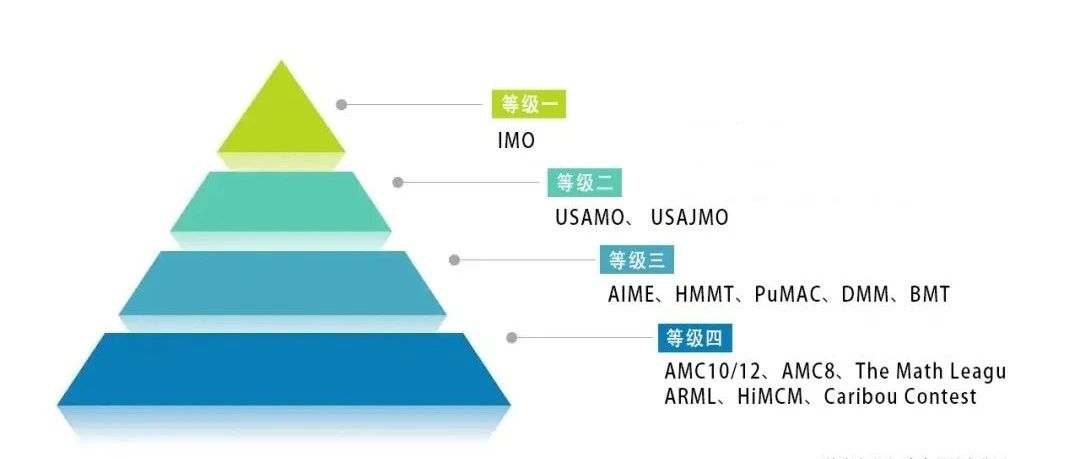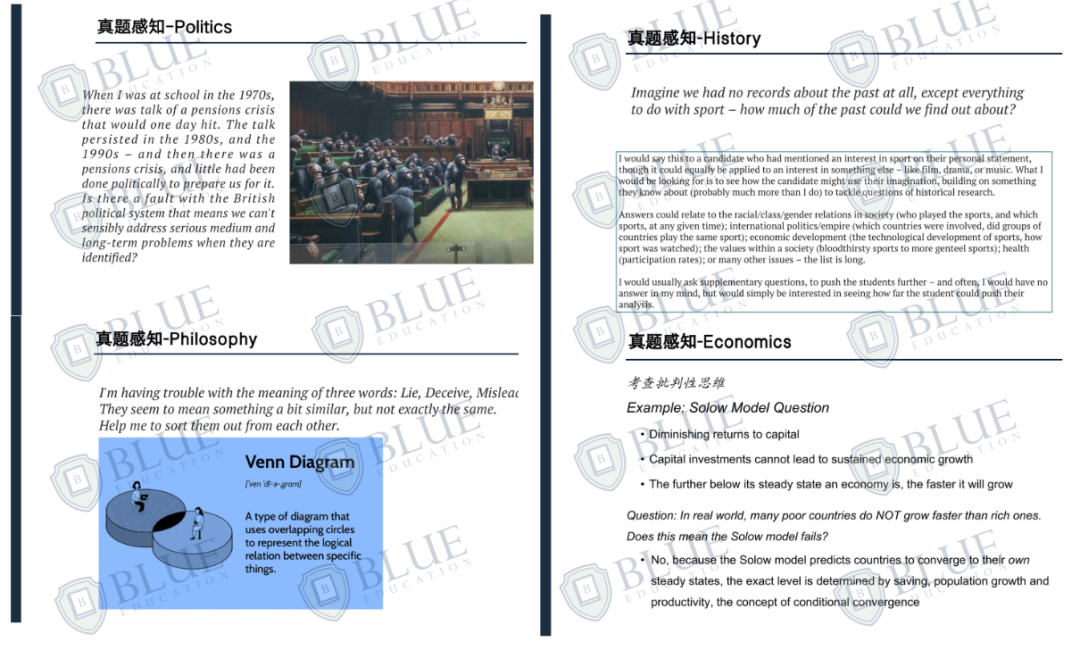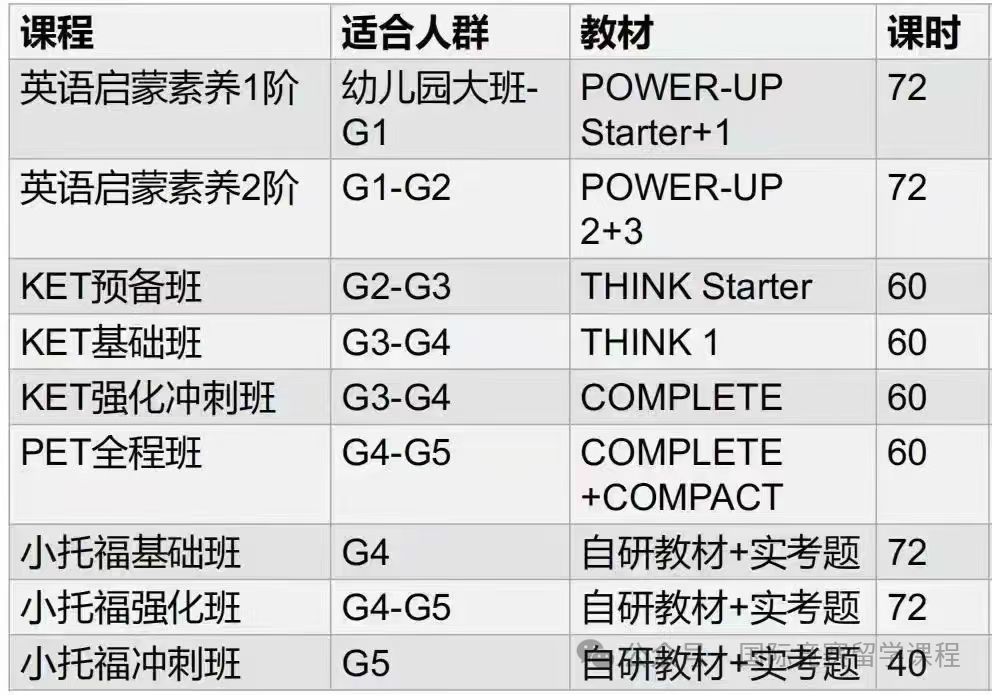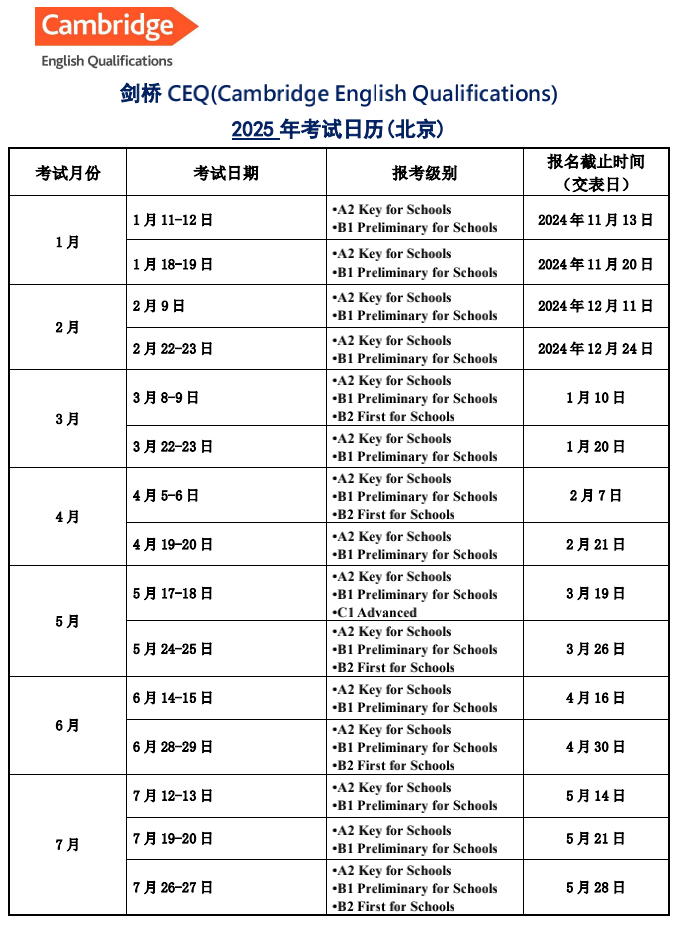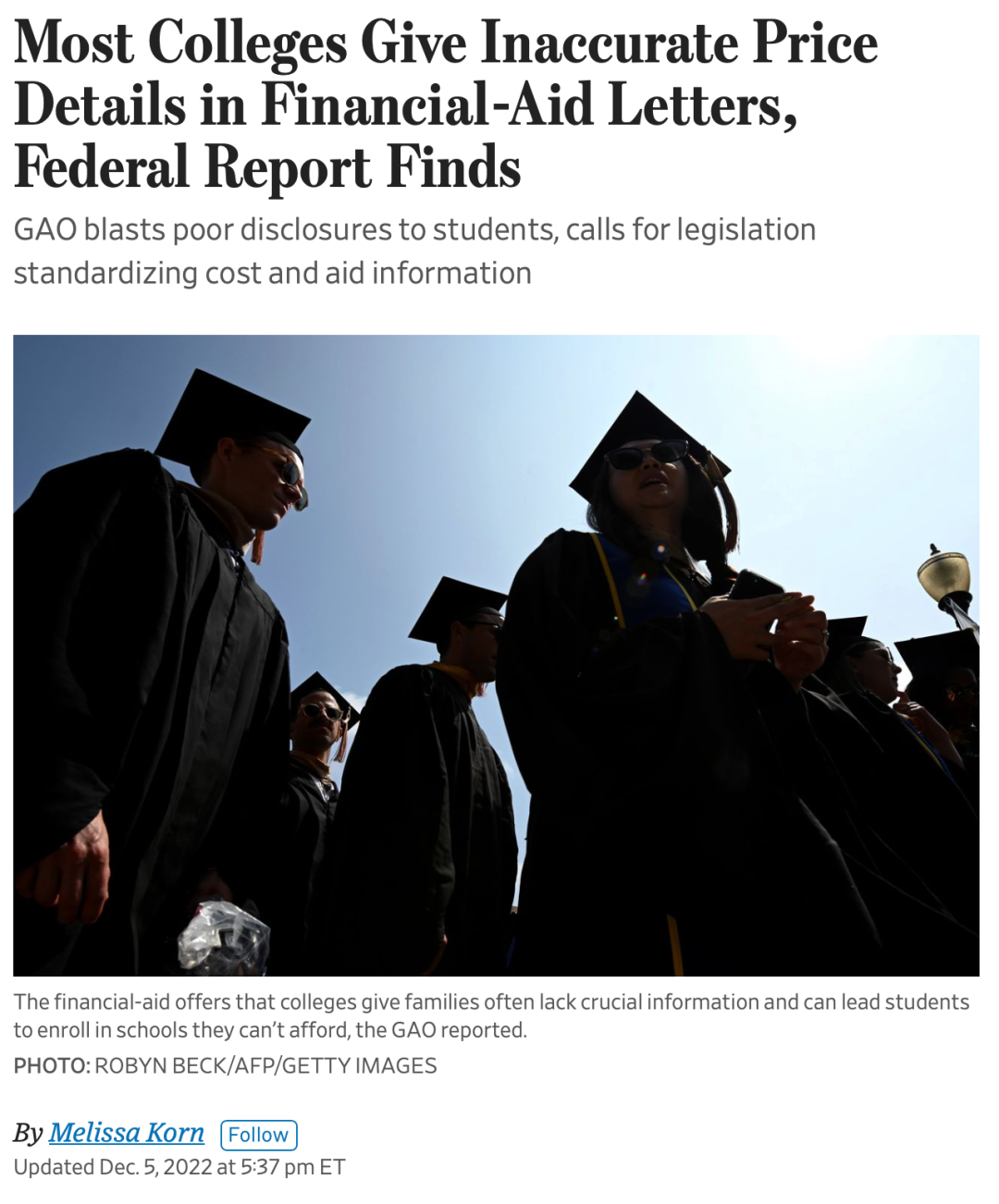
A federal watchdog is calling for Congress to establish tighter regulations on how colleges and universities describe their financial-aid packages, saying the information most schools now share with students and families is woefully inadequate and even misleading.
The U.S. Government Accountability Office issued a report Monday saying that the aid letters that are supposed to lay out tuition, fees and other expenses, and what grants, loans and other financing options are available to cover those costs, lack crucial information that would allow families to compare institutions. At their worst, some financial aid offer letters lead students to enroll in schools they can’t afford.
One of the most troubling findings from its review, the GAO said, was that 91% of schools don’t properly list their net price, or the amount a student is expected to pay for tuition, fees, room, board and other expenses after taking into account scholarships and grants.
Studying recent aid offers from a nationally representative sample of 176 colleges, the GAO found 41% of colleges didn’t include a net price, while 50% did offer a figure—but understated the cost by excluding certain items, or by factoring in loans for students and parents that ultimately need to be repaid.
Roughly two-thirds of schools didn’t include details about at least one type of student aid, for instance that students must maintain certain grades to remain eligible for grants, or that work-study jobs aren’t guaranteed.
The review found 22% of schools didn’t provide any information at all about costs in their aid letters, just laying out details of scholarships, work-study and loans without context for what share of the bill each might cover.
“I am disgusted at the endemic level of deception currently happening at colleges and universities,” said Rep. Virginia Foxx (R., N.C.), who as ranking member of the House Committee on Education and Labor requested the GAO review. She and Rep. Lisa McClain (R., Mich.) introduced legislation Monday requiring that colleges increase cost transparency.
In a written response to the report, Richard Cordray, chief operating officer for Federal Student Aid, said the findings prompt serious concerns.
“The department has long recognized the harm that lack of transparency, comparability, and information in financial aid offers can do to students as they make their choice about which institution to attend,” he said.
The GAO focused its review on aid offers for students who received Pell grants, which are generally earmarked for those with the most financial need.
Low-income students “may suffer severe consequences if they do not have access to clear information on which to base financial aid decisions,” the GAO wrote.
The GAO said most schools adhered to five or fewer of the 10 best practices identified by the Education Department and a 2019 federal commission chaired by the Treasury secretary. The list includes itemizing expenses such as housing, tuition and travel, posting the net price, separating Parent PLUS loans from debt students might incur, and avoiding use of the word “award” when speaking about a financial-aid package, since it isn’t exactly a gift: Loans must be repaid and work-study is earned through employment.
No school the GAO reviewed applied all 10 best practices; one institution followed zero.
The Education Department doesn’t currently have legal authority to mandate particular disclosures to all students, but encourages schools to use a standardized form that clearly describes all potential costs and differentiates between grants and loans. The GAO found only about 3% of colleges use that template to communicate their aid offers, while about one-third provide it as a supplement to their customized material.
The GAO said that since student loans are the second-largest type of household debt, the disclosures required by the schools that receive those loan dollars should be on par with other complex financial products, such as mortgages and credit cards.
Some schools withhold information intentionally, the GAO found during interviews with financial-aid officers. Schools that disclose more cost details than others risk scaring away potential students with sticker shock, according to the report, so schools are inclined to supply a smaller figure based on fewer expenses.





